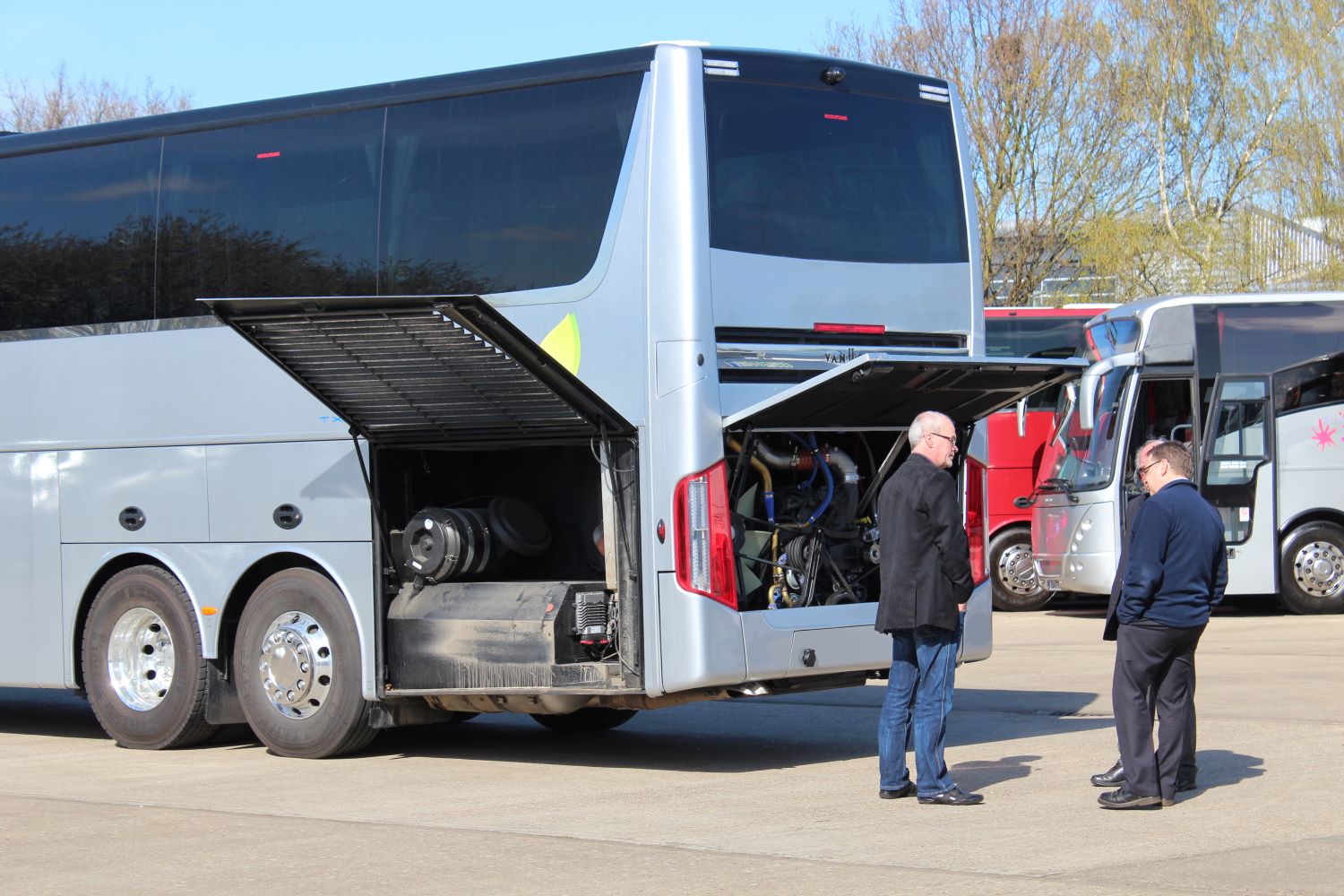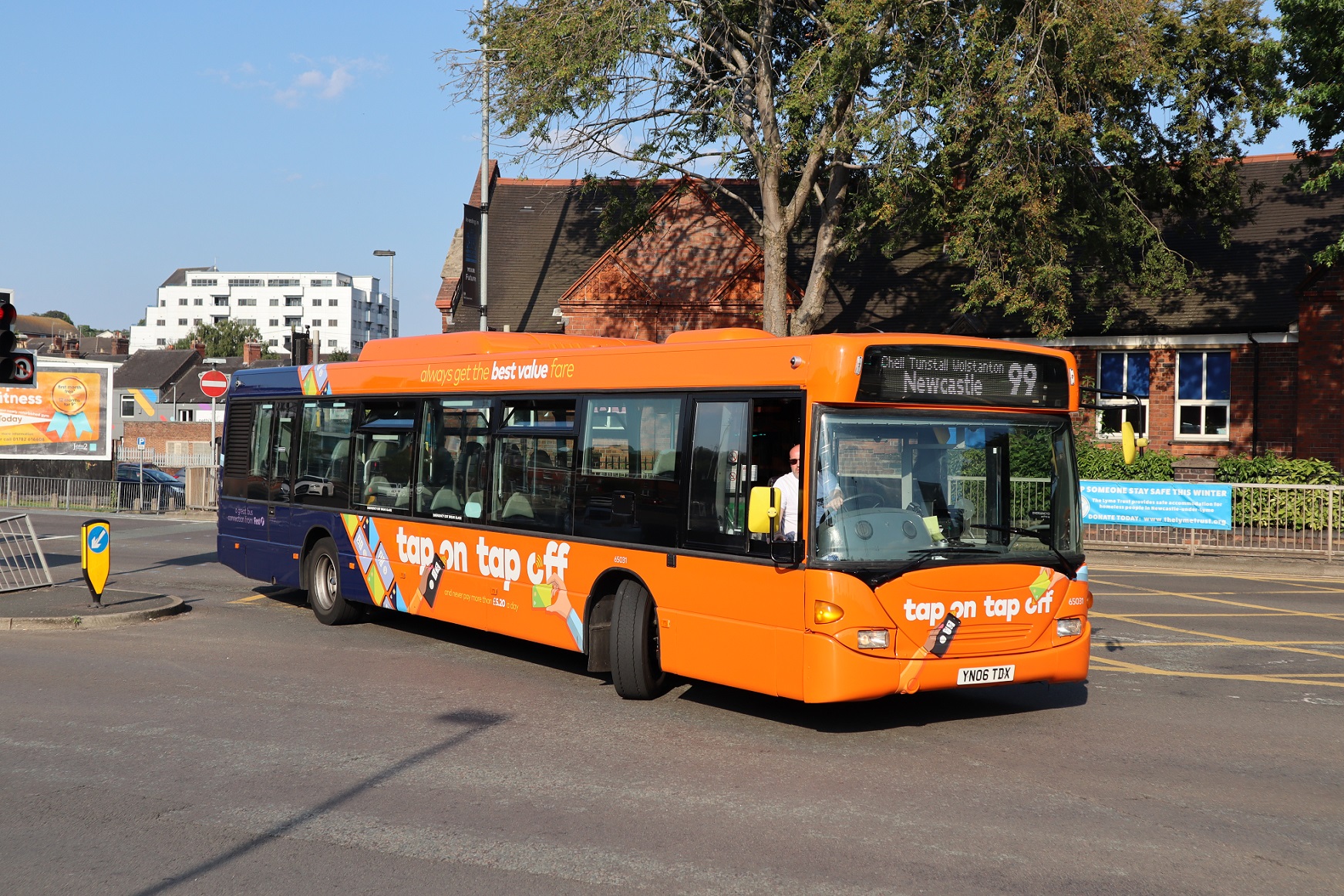A general lack of supply in the used coach market has become apparent, although it is not universal. Is there any indication of when things will settle down? No, is the industry’s view
With high demand and turbulent supply, the UK coach market finds itself in an unprecedented landscape. At the centre of these ripples is the used market segment, once characterised by steady trade but now subject to strong prices and limited stock.
The landscape may not be consistent everywhere, though. One operator in the South of England which does not wish to be named recently revealed to routeone that the current used vehicle market continues to create a climate of concern. It reported that its fleet pre-pandemic was estimated to be worth £1.6m. During a CBILS application in September 2020, a bank valued the fleet at £600,000.
It has had little luck more recently. One coach, it reports, was valued at £35,000 before the pandemic, but it now hopes to only gain £15,000 for the same vehicle, without any additional mileage.
“I have more coaches than I have drivers. Under normal circumstances, downsizing would be the sensible thing to do – replacing two older coaches with one nearly new one – but I can’t even give the coach away for free. Nobody wants them,” the owner reports.
The operator in question believes this is a consequence of the second-hand coach market being flooded with a glut of vehicles from the pandemic. Clean Air Zones (CAZs) and PSVAR combine to make a bad climate for older coaches. He says: “I have to get rid of them to the North of Scotland or the West Country, where they don’t have clean air zones. There never really has been a viable upgrade option.”
Prices ‘artificially high’
However, dealers have countered this with a UK-wide picture of artificially high prices, driven by a supply and demand imbalance.
Darren Critchley of Odyssey Coach Sales suggests the hangover from COVID-19 is that finance houses, companies that during the loss of many operators in the height of the pandemic had to sell vehicles cheaply, have continued to undervalue coaches.
Other trends that Mr Critchley notes are that buyer preferences are shifting towards high capacity. His theory is that coach owners have recognised with more scrutiny what is and isn’t profitable, knowing vehicles would need to work “leaner and smarter”. This has seen a removal of low-margin work in favour of more school contract work and general private hire.
He says: “There’s far more money to be made working within 50 miles of a depot than there is tramping across Europe.”
The constant postponement of the implementation of PSVAR has operators conscious that accessibility is becoming a percentage of in-scope fleets. That has reduced demand for accessibility. Euro VI, with the advent of more CAZs, has become more in demand but in most cases capacity is the chief selling point. Vehicles sub-35 seats are still in high demand due to issues with the supply of chassis.
A domino effect has seen operators hold onto vehicles longer, impacting the supply chain further. With fewer new vehicles to buy, that effect filters down to used coach buyers. Mr Critchley says the long-term effects of this is “a worry”.
Odyssey Coach Sales recently branched out into fleet valuations due to many operators’ curiosity about what their assets are worth. At the moment, this takes into account the reality that the market is artificially high.
But supply chain woes go beyond the capacity for manufacturers to build vehicles. Mr Critchley says: “This isn’t a manufacturer problem as so much that it’s a raw material shortage. It’s not an industry problem – it’s a worldwide problem.”
He recommends that, if operators are not concerned about age, one solution to cope with current shortages is to look within their own fleet to see what could be retrofitted and refinanced to Euro VI.
“It’s not a perfect solution, but it will put value on your vehicle and it will solve the problem,” he says. “There are also grants available – most authorities that are bringing CAZs into force are offering grants towards replacing or retrofitting vehicles. Sometimes, it’s also better the devil you know.”
Dealers ‘full on’
General Manager Used Bus and Coach at Scania, Steve Lambert, agrees that there are not enough coaches for consumption within the used market, driven by a lack of investment during COVID-19 and low new stock availability.
He says: “We have lots of customers with a pent-up demand. A lot have gone to order new and have been told that stock availability is difficult, and used vehicles are scarce. In any market with a high demand and scarce products, prices start to harden.”
Mr Lambert adds the strengthening of used values became particularly visible from January. The dealer has sold or extended all its contract hire vehicles this year, and it has low stock of used vehicles. “We’ve got below 10 vehicles to sell,” he says. “I’ve never experienced a situation where, the minute we get a part exchange, a contract finishes or a vehicle returns to stock, we are pre-selling before they hit the yard.”
Mr Lambert says “everything” is in demand. That includes tri-axle luxury touring coaches to 18-plate 57-seater people movers. Everything must be “the right quality”, however.
New coach prices will increase further in 2024. That will have a knock-on effect of used vehicles, which Mr Lambert believes will continue to experience short supply. There is no end in sight to that pressure. He says: “If we still have a situation where we have a lack of used vehicles, and there’s a demand for it, they have to increase as well.
“We have to look at a view where we’re taking vehicles back next year, and we should get more value from those vehicles.”



























